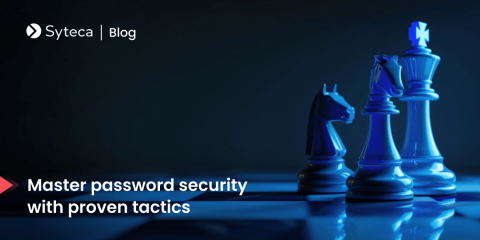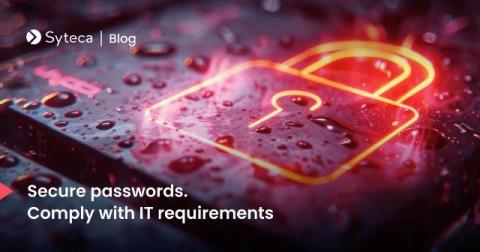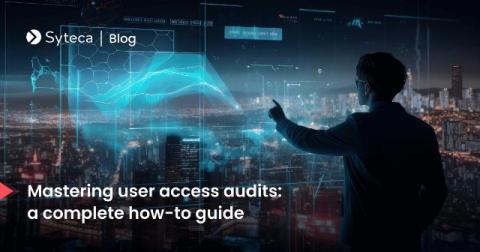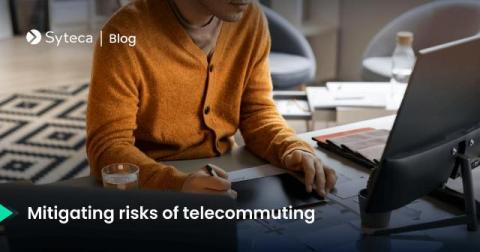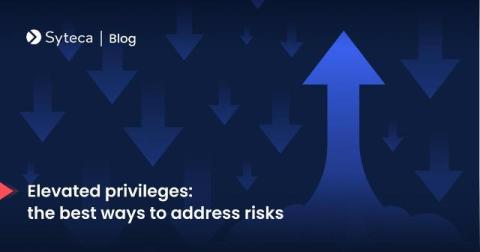What Is Two-Factor Authentication (2FA)? Definition, Types, and Benefits
Passwords alone are no longer enough to protect your IT environment. With cyberattacks becoming more sophisticated, two-factor authentication (2FA) has become essential to today’s cybersecurity strategies. It verifies who users are by requiring two different forms of identification, adding an extra layer of security to your accounts and systems.




